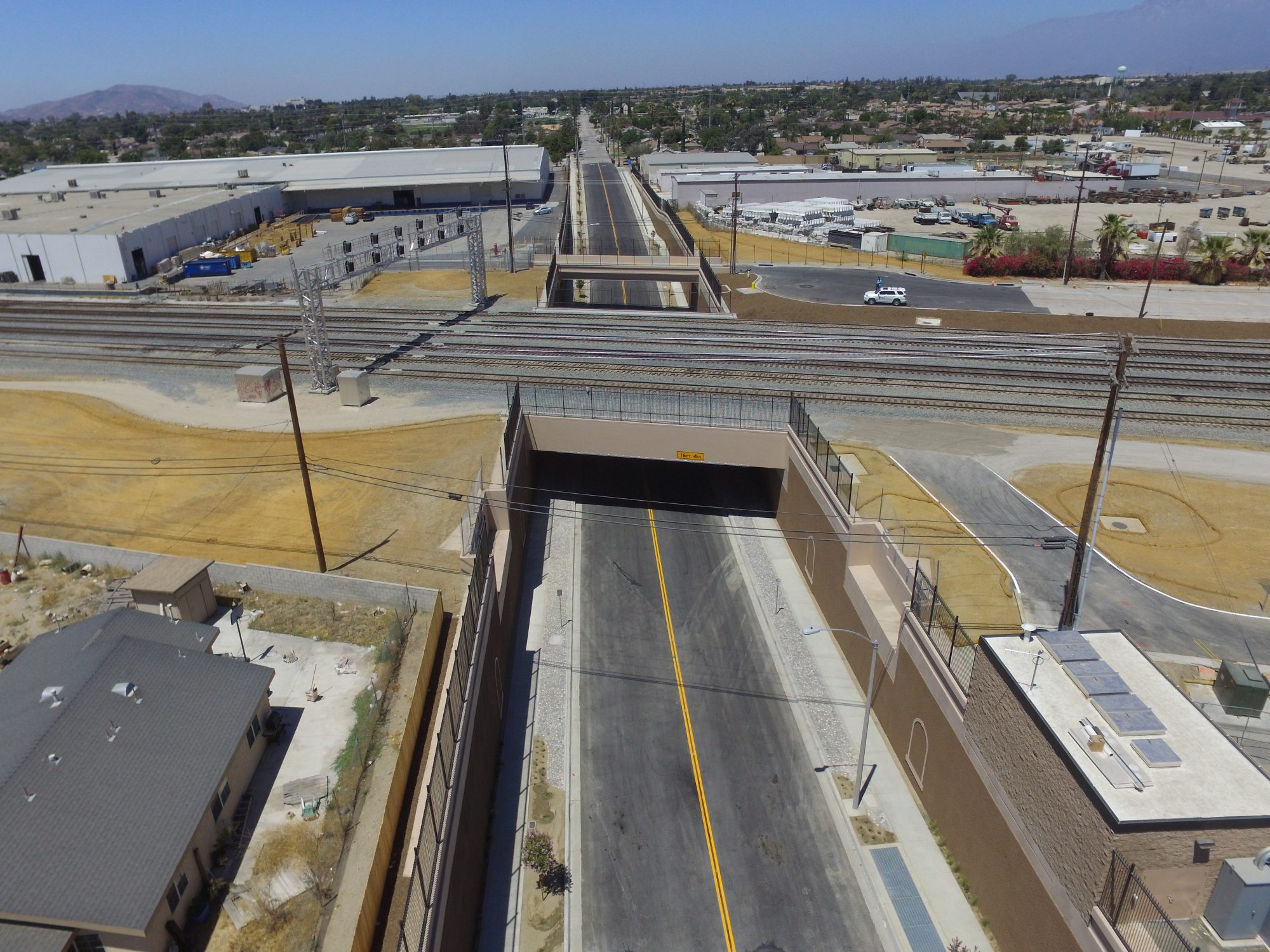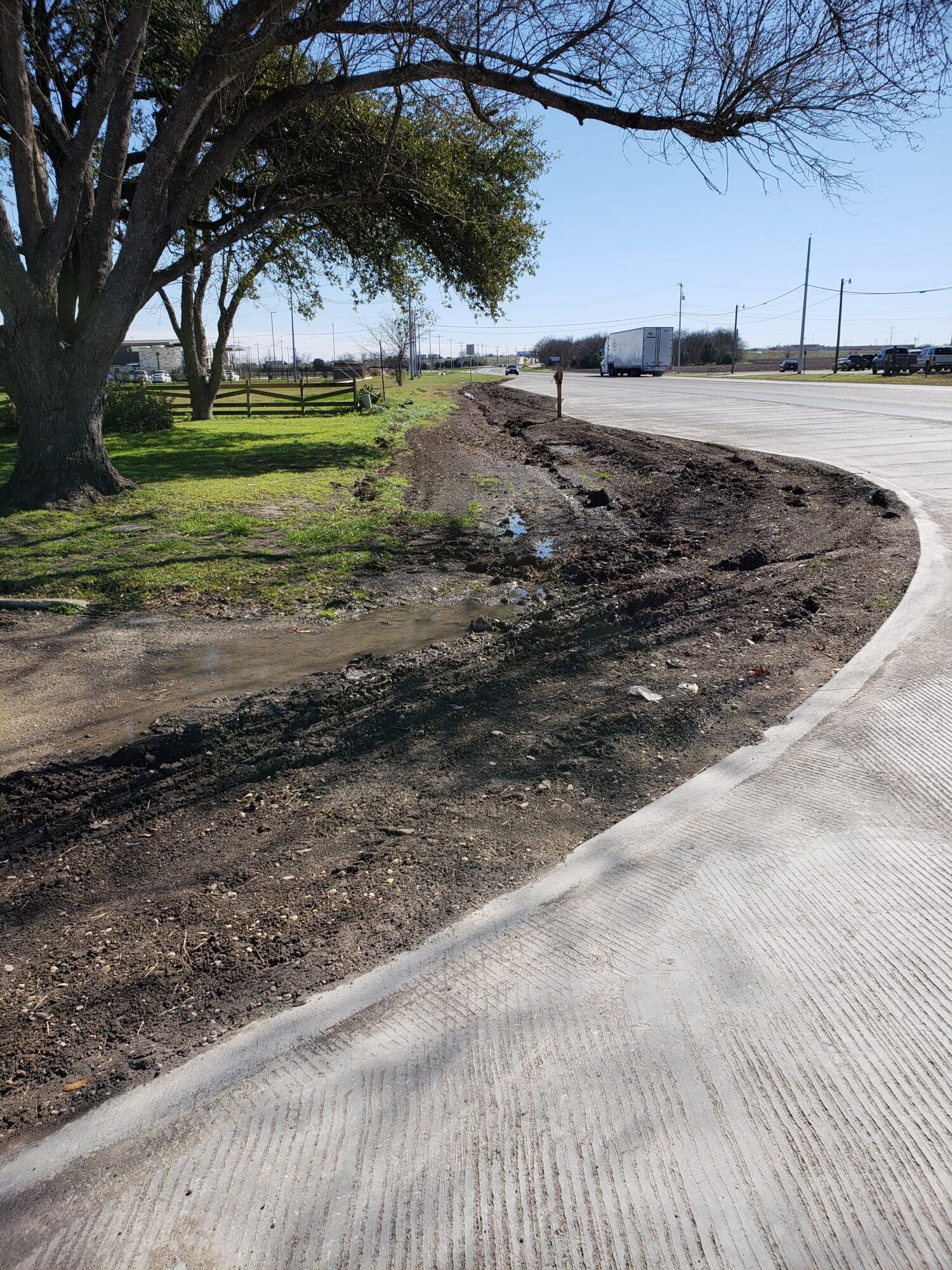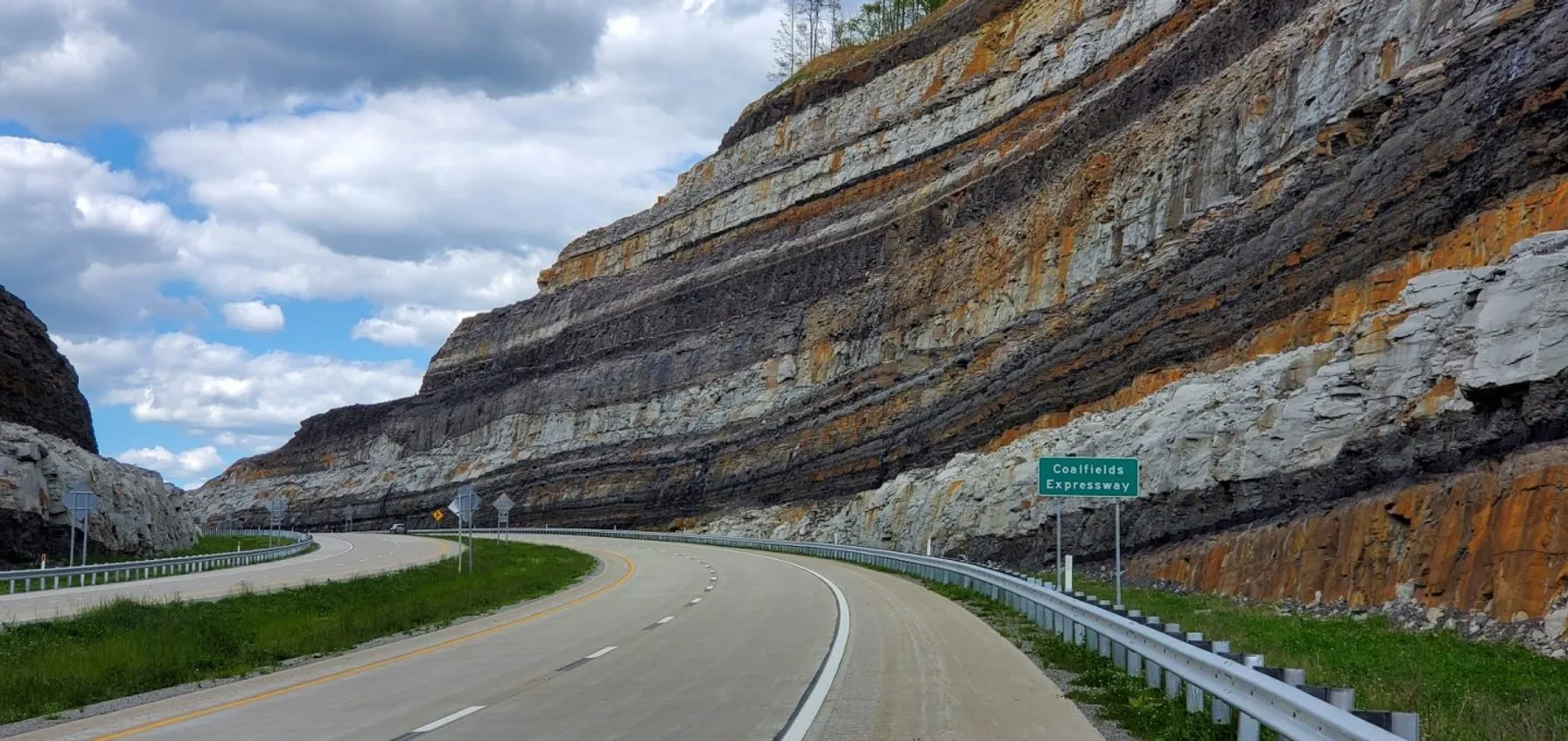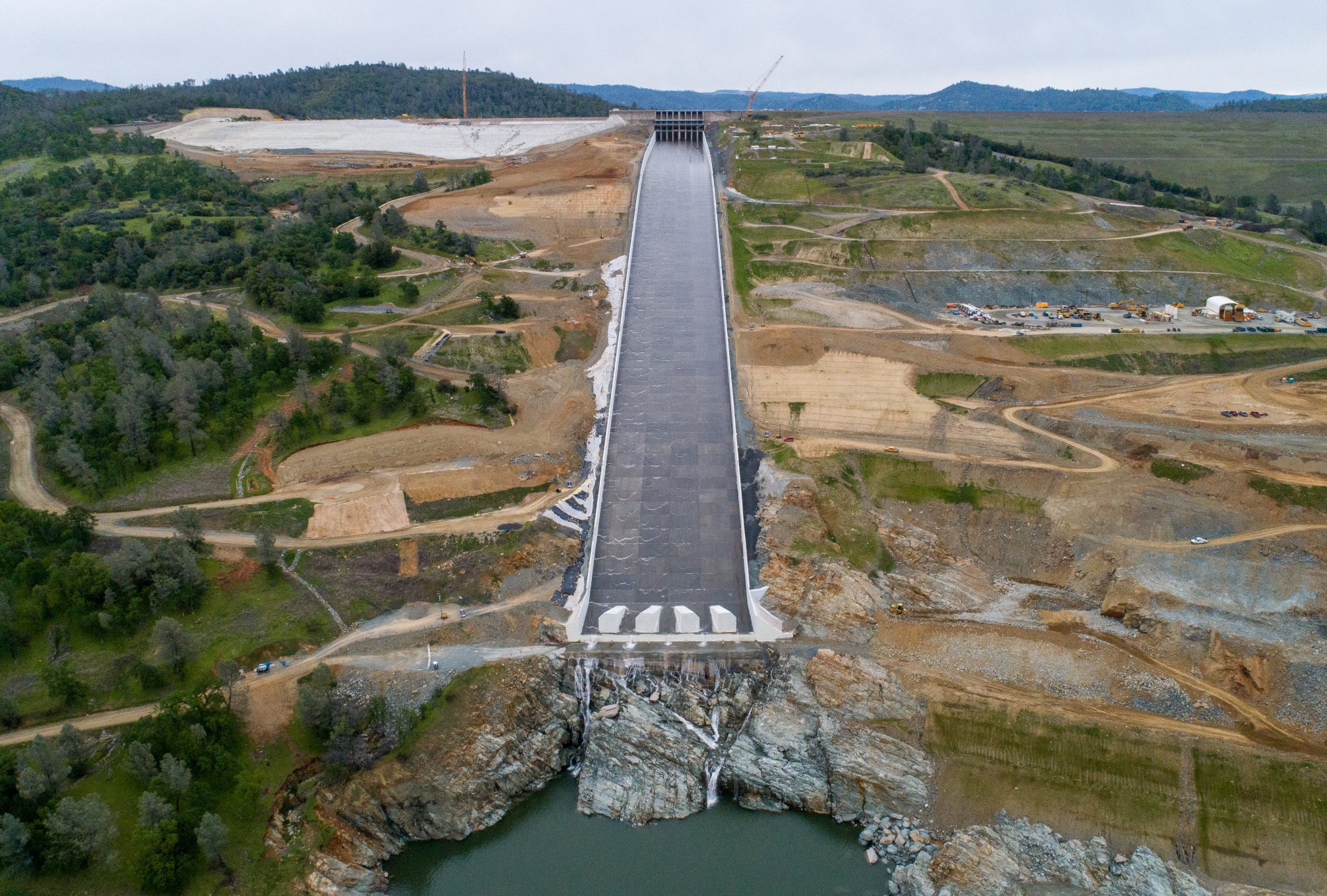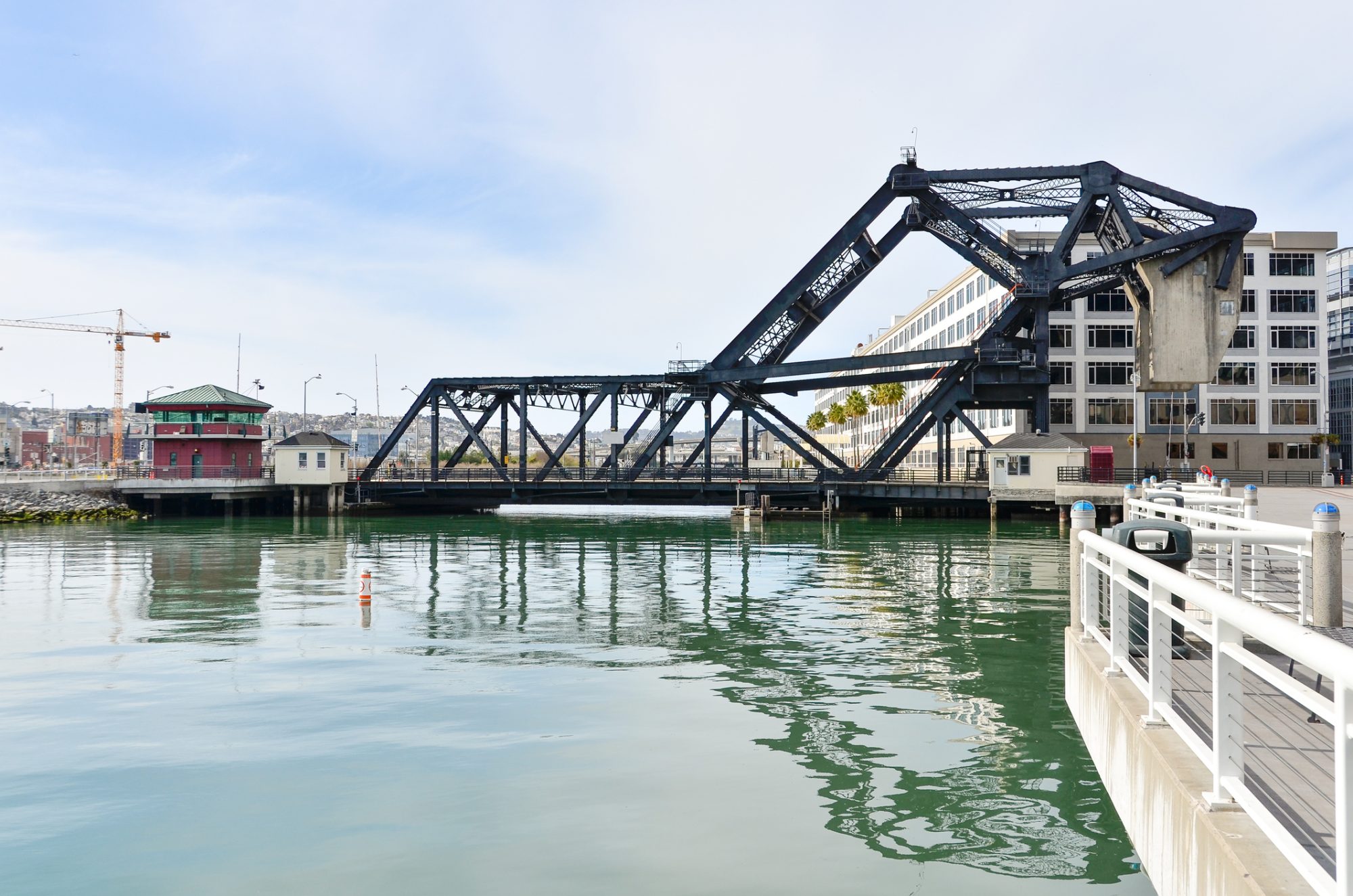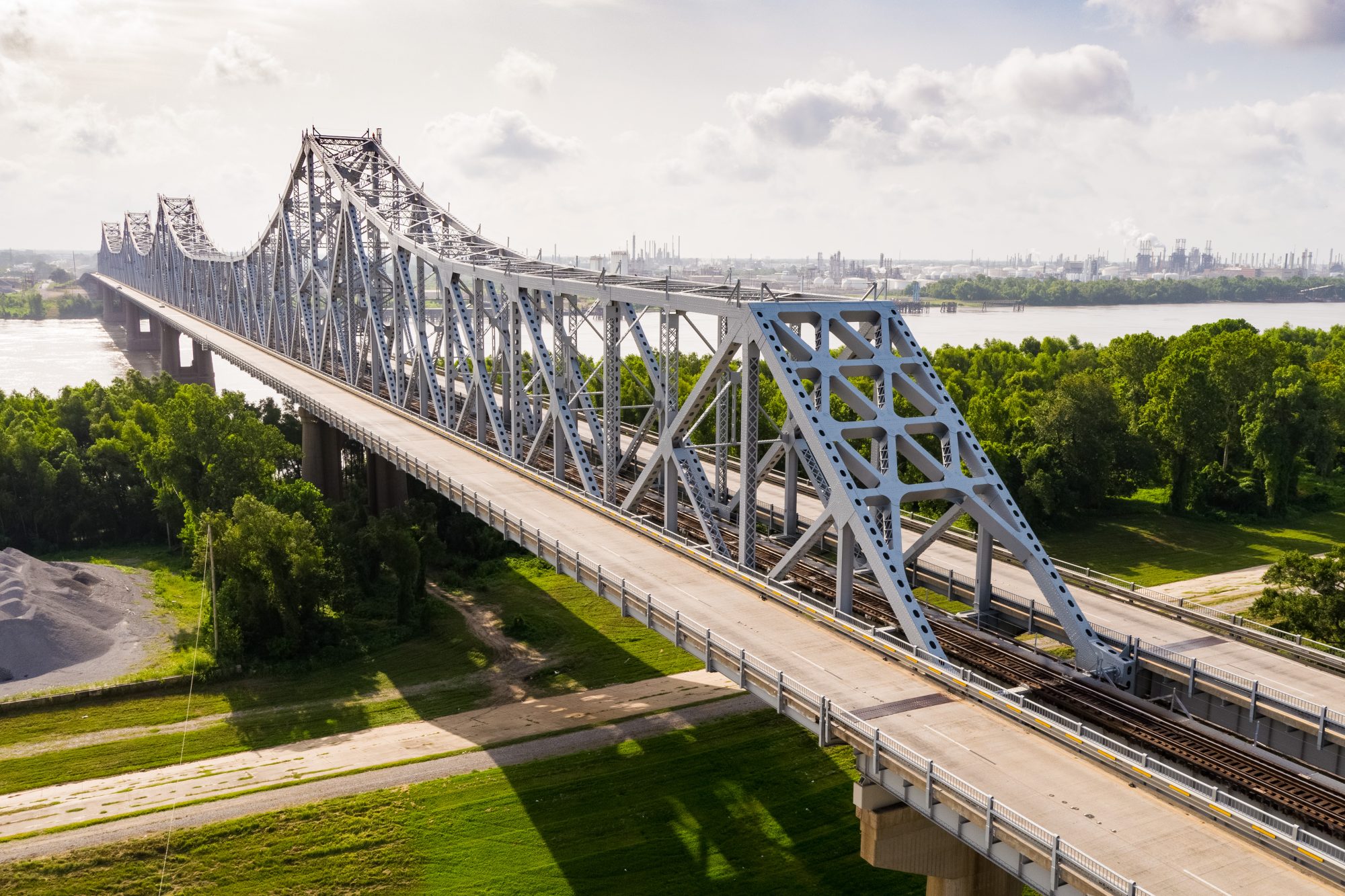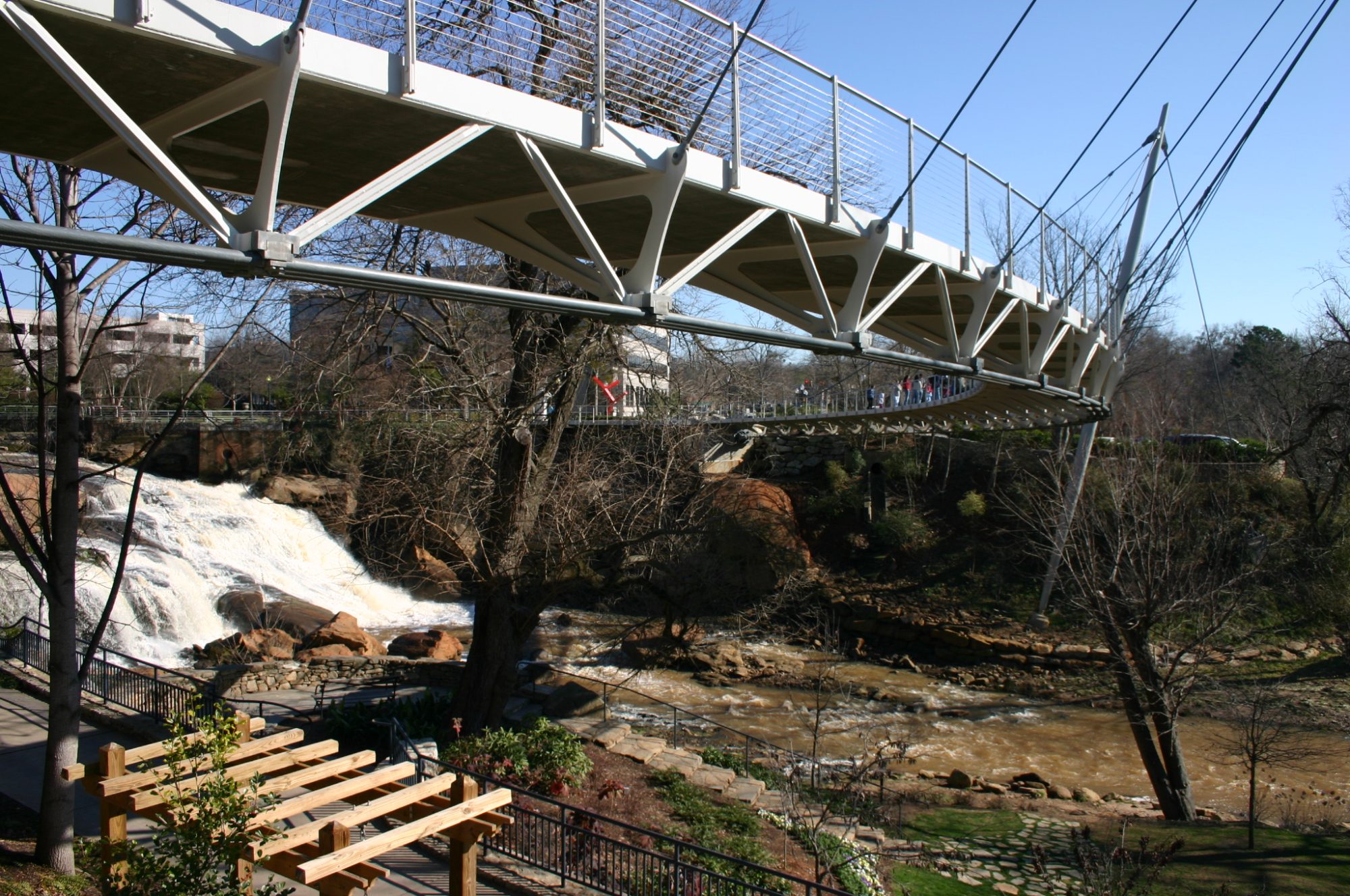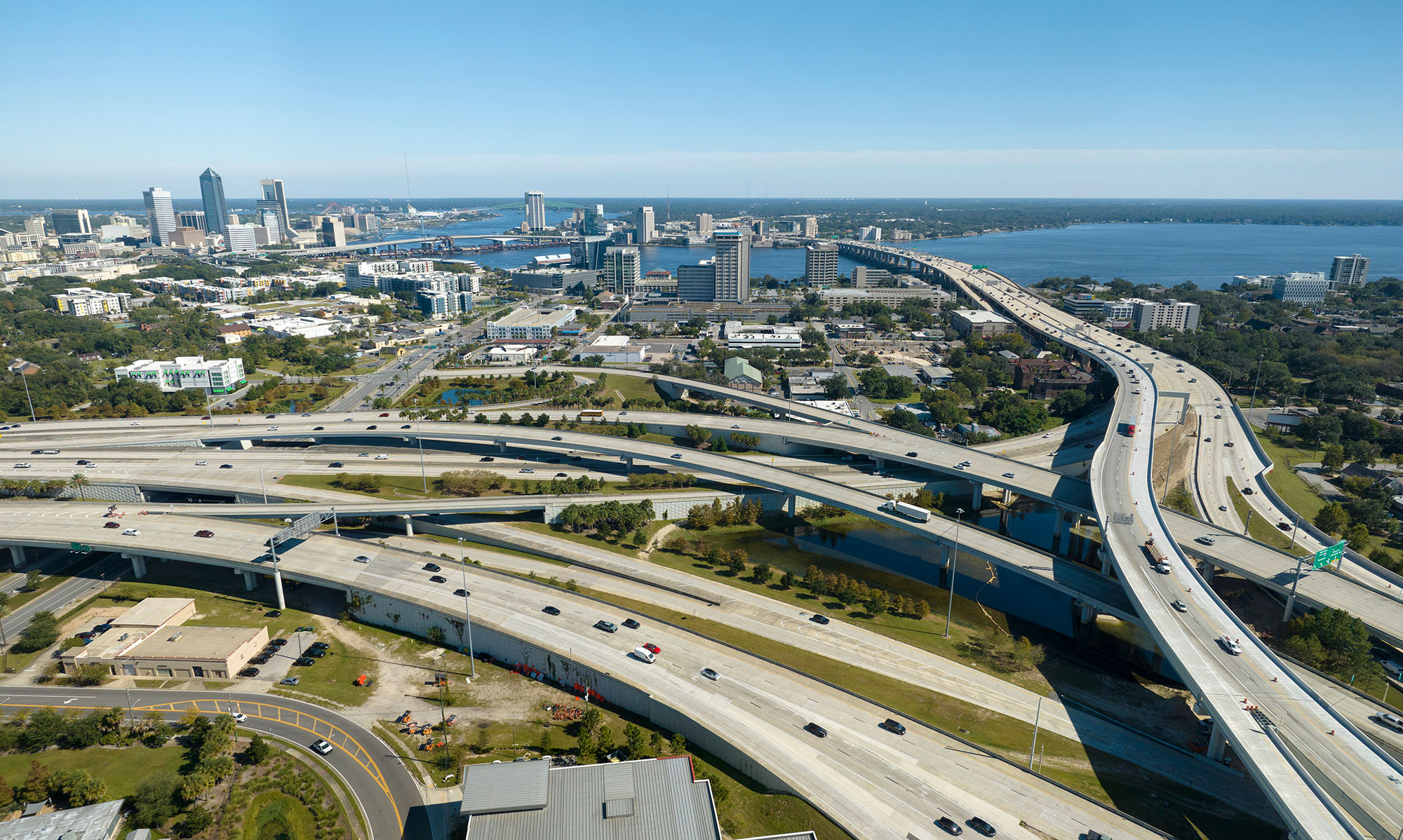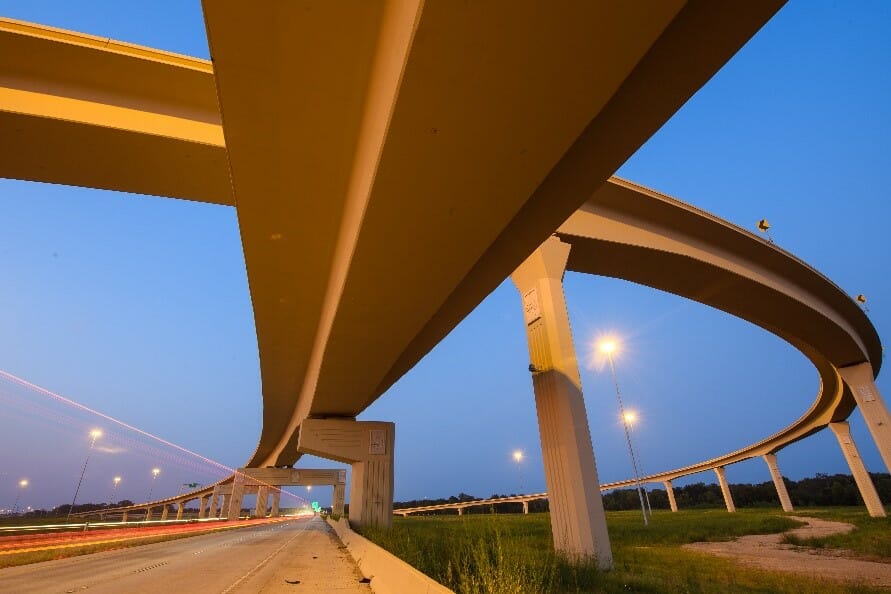San Bernardino County Transportation Authority (SBCTA)
Challenges
Laurel Street crosses six BNSF tracks at-grade in the City of Colton. To improve local traffic conditions and reduce air quality emissions, a grade separation was needed to separate vehicular traffic from rail. The Laurel Street Grade Separation proposed the construction of a bridge to separate vehicles and pedestrians on Laurel Street from six railroad tracks along the BNSF corridor.
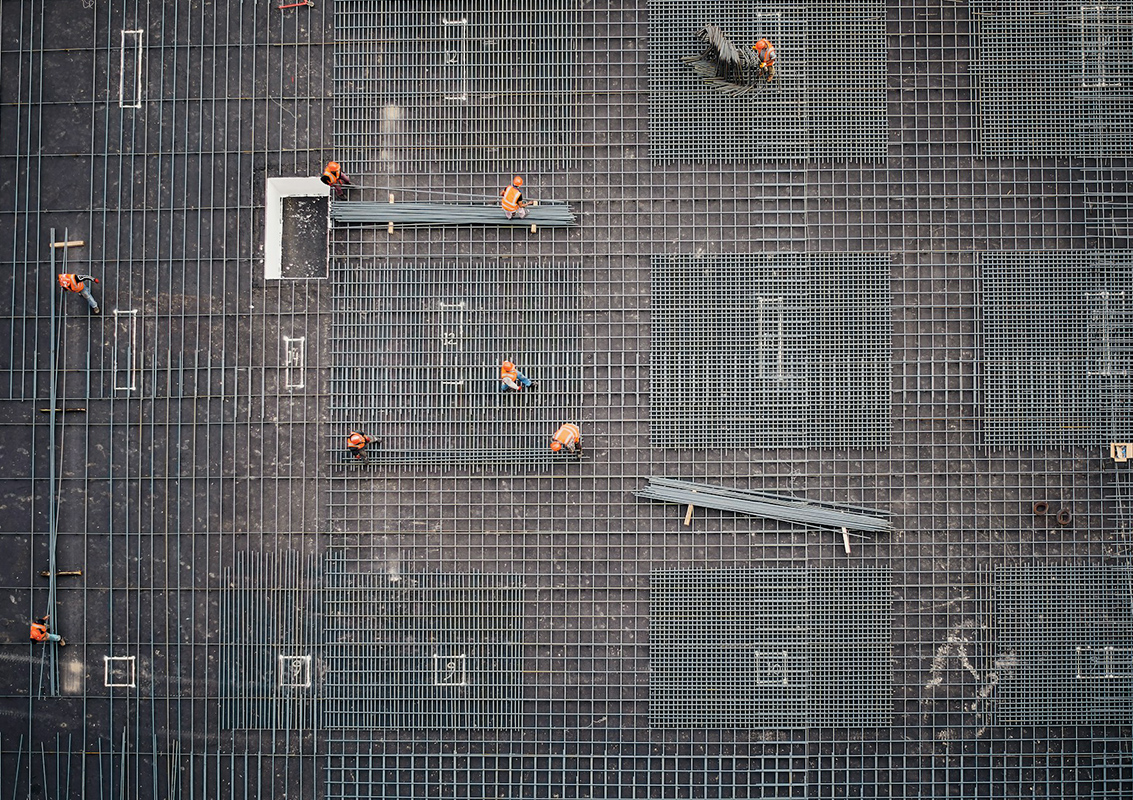
Solutions
TRC led the structures task team during the planning and the design phases for this project. An underpass structure was proposed as an overhead structure was determined to extend beyond City intersections to the west and east of the at-grade crossing. Initially, a type selection study was conducted with BNSF in order to determine the construction sequence and the most economical structure type. In order to construct the underpass, three detour tracks were needed to maintain uninterrupted rail traffic and temporary shoring was needed to support those tracks.
During the type selection study, TRC compared the secant type abutment (top-down construction) to a cantilever type abutment (conventional bottom-up construction). The secant pile wall eliminated the need for deep excavation and tall shoring walls for the detour tracks.
We conducted a comparison and found the secant type wall to be more cost effective. As well in the study, TRC proposed and received approval from BNSF to use precast prestressed bulb-tee girders for the superstructure.

Benefits
This project has improved local traffic circulation, enhanced safety, and was part of several other projects intended to establish a Quiet Zone within the City. As part of the project team, TRC was responsible for the design of the railroad underpass to carry six BNSF rail tracks, in addition to a roadway bridge crossing Laurel Street. The project included local street improvements to maintain access to businesses, construction of retaining walls, utility relocations, drainage improvements, and landscaping. Design follows AREMA design code per BNSF requirements.
Aside from increased safety, the project also helped to meet the projected BNSF usage as the number of trains crossing Laurel Street is expected to double by the year 2035. Finally, the project has reduced train noise impacts to adjacent properties by eliminating the need for trains to blow their horns as they pass the former grade crossing.
Related Projects
Discover the success we’ve had with helping our clients execute major projects and make a meaningful impact on their local communities.

